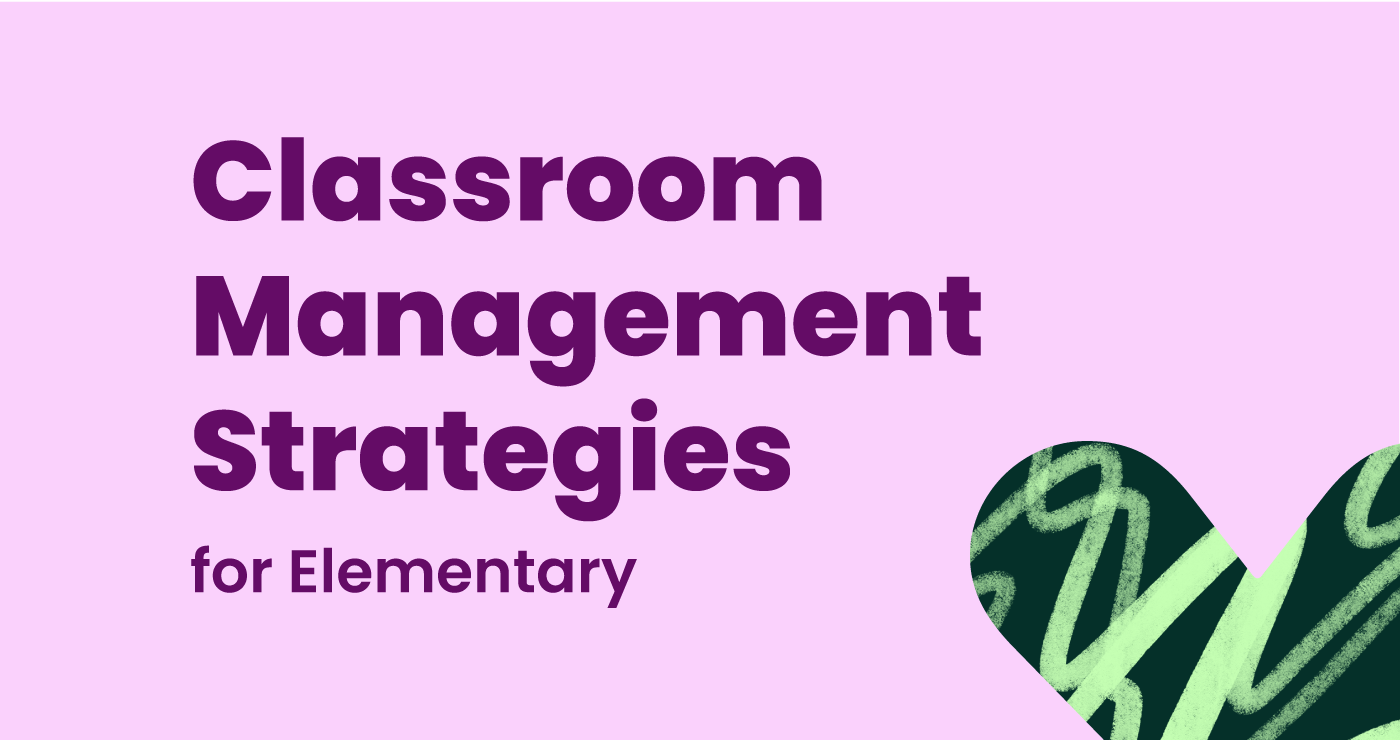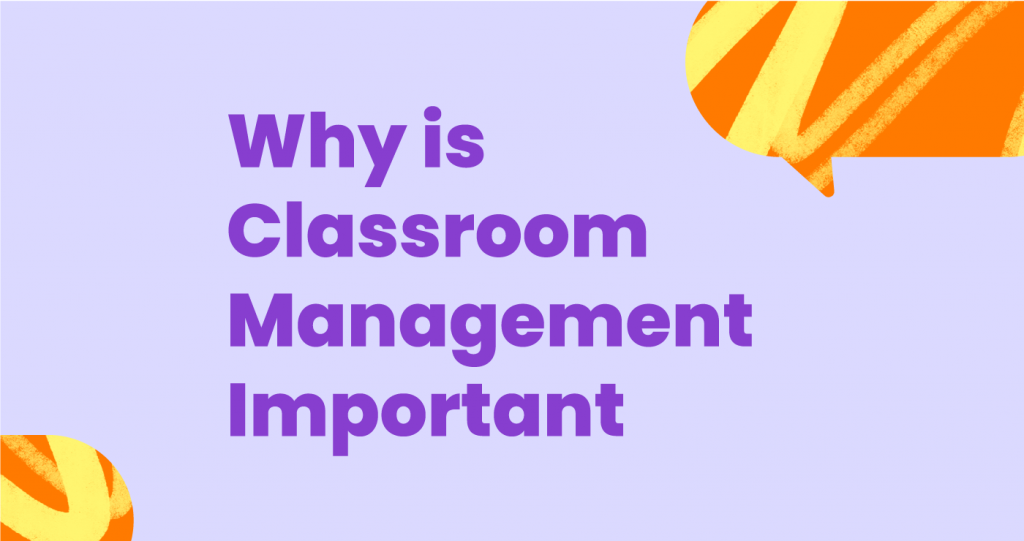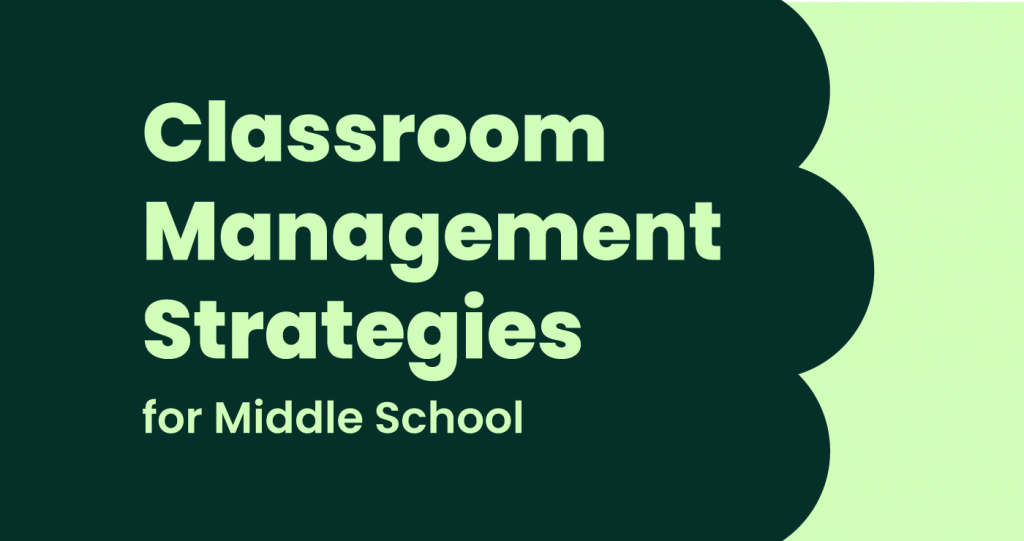You might think that elementary students are too young to really adapt to classroom management, but even young children at the beginning of their schooling can benefit from a good classroom culture.
Introducing young students to classroom management techniques can also prepare them for middle school and high school when classes get more complex.
Six tips for effective classroom management for elementary school
Set clear expectations
One of the most basic classroom management strategies is setting behavior expectations.
Start the school year as you mean to go on by making your early lesson plans around good behavior and how you expect the whole class to behave.
Studies show that involving students in developing the classroom rules can result in better buy-in, so make one lesson a discussion about setting your class rules and ask students what they think they should be. Once you have decided on the rules, display them prominently so the entire class can see them.
Having a range of classroom jobs, such as keeping the art supplies tidy or clearing the board, or stacking chairs at the end of the day, can also help to create a positive classroom environment and encourage students to take responsibility.
Model the behavior you want to see
At a young age, it can help learners see the behavior they should adopt being modeled by the teacher. Using positive behavior yourself can help to reinforce student behavior. Modeling can include things like:
- using an appropriate tone of voice in class
- pronouncing students’ names correctly
- not interrupting others
- being enthusiastic about learning
- clearing up a workspace after an activity
Use positive reinforcement
Using positive reinforcement is another effective strategy for managing a classroom. Provide positive feedback to students for good behavior, effort when they stay on task, and achievements. This helps build self-esteem, encourages students to continue good behavior, and improves their learning motivation.
You may choose to use a reward system like handing out raffle tickets for students who behave well, work well in small groups, or make an effort in class, which can be entered into a prize draw at the end of the week.
Develop strategies for dealing with inappropriate behavior
While you want to reinforce good behavior, realistically, you have to be ready to deal with disruptive behavior too. Part of your classroom management plan should be how you will respond to misbehavior and what the consequences might be. If you have challenging students with specific negative behavior issues, you may need to develop individual classroom behavior plans for them.
Build good relationships
Building positive relationships with individual students is crucial in creating an effective classroom management strategy. Take the time to get to know your students right from the very first day, listen to their concerns, and show an interest in their lives. This helps to build trust, promotes a positive learning environment, and encourages students to be more engaged in the classroom. Playing getting-to-know-you games at the beginning of the year can help you get to know your students better. You can also get them to fill in All About Me printable sheets and you can fill in the Meet the Teacher sheet to tell them more about yourself. You’ll find them in the Kami Library along with our other fab elementary class resources.
Help students manage transitions
Transitions during the school day are a common time for disruptions to happen. Developing strategies for dealing with transitions and behavior management at these times, such as how to get students’ attention when a transition needs to be made can help to reduce these issues. If you have students with extra needs, remember that transitions may be especially hard for them and communicate clearly. Transition times are also a great time to connect with students. For example, you could greet your students at the door at the beginning of each day.
Creating an effective classroom management system
The best classroom management systems are built into your lesson plans. That way, you are not caught out when students go off-task or an issue arises because you already have a strategy or workaround in place. Developing classroom management skills takes time, especially for new teachers. If you’re looking for more classroom management ideas, investigate whether your school offers professional development in this area, or talk to other elementary teachers about their classroom management style.




